As Guangdong enters its hot and humid summer, locals turn to time-tested traditions to stay cool, many of which are recognized as intangible cultural heritage. This year, China's annual Cultural and Natural Heritage Day falls on June 14, making it a perfect time to explore how Guangdong's heritage continues to help locals beat the summer heat!
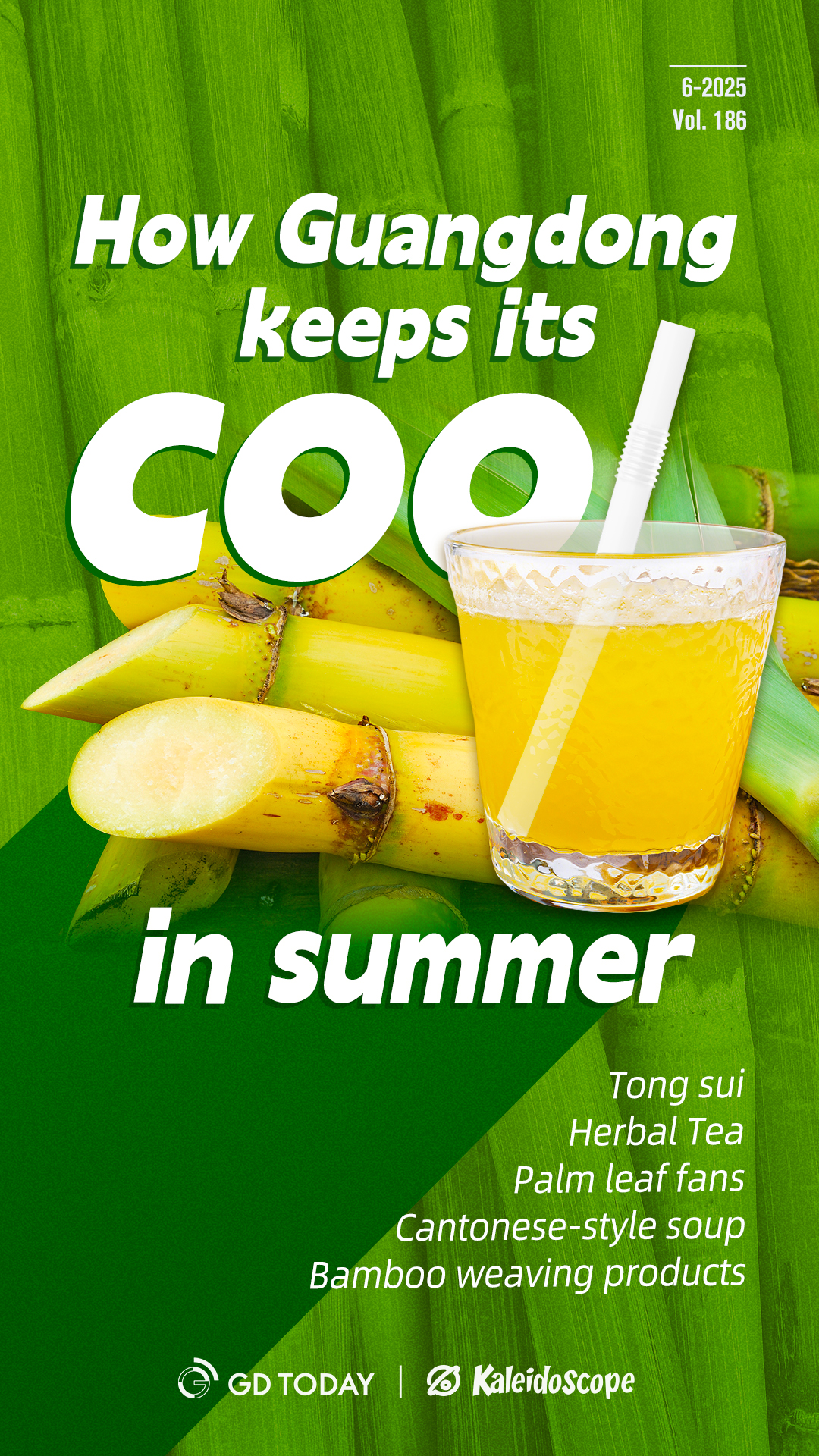
Herbal Tea
In the hot and humid climate of Guangdong, locals have developed herbal tea as a traditional remedy, guided by the principles of Chinese medicine. Made from various herbs, this refreshing drink can alleviate symptoms like sore throat, fatigue, and irritability while clearing heat and dampness. Over time, it has been refined and passed down through generations, and herbal tea shops have become a unique part of the Lingnan cultural landscape.
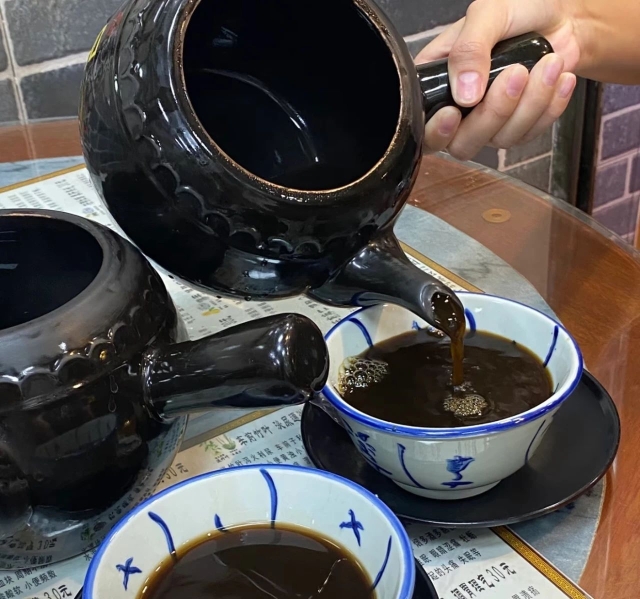
(Photo: Liwan Culture, Radio, Television, Tourism, and Sports Bureau)
Although bottled versions are now common, the most authentic experience comes from traditional teahouses, where herbal brews are served hot in porcelain bowls. Different herbal teas serve various purposes, such as clearing heat, relieving dryness, and boosting energy. If you're curious to try, it's recommended to ask the shop staff for advice based on your symptoms.
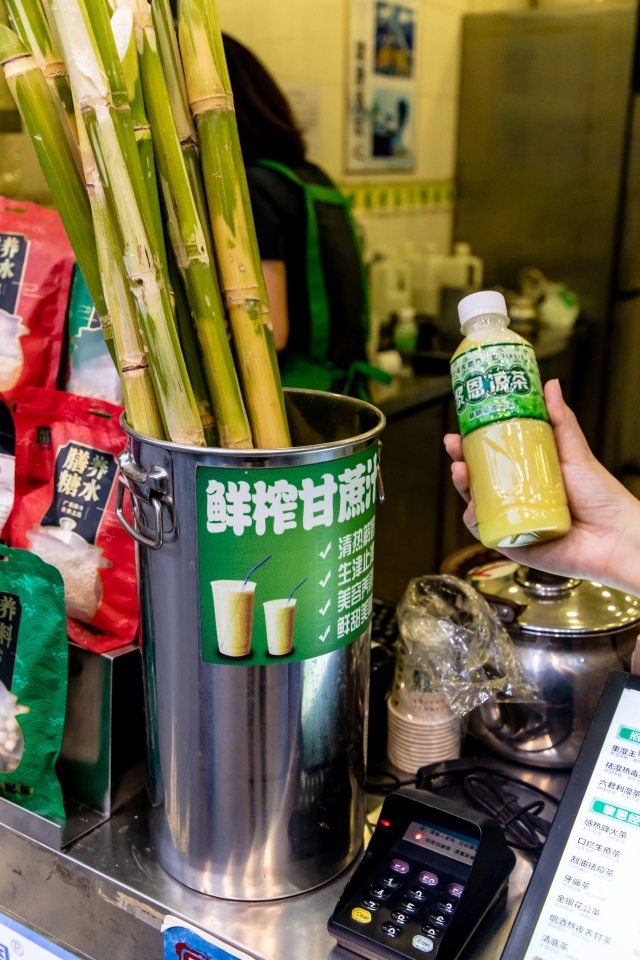
(Photo: Guangzhou Yuexiu Fabu)
Cantonese-style soup
Praised as the "soul" of Cantonese cuisine, soup is much more than comfort food—it's a seasonal tonic. Cantonese people have an encyclopedic collection of soups for all weather. Summer soups are full of ingredients that balance heat and moisture, such as winter melon with adlay and duck, bitter melon with soybeans and pork ribs, or pork bone with carrot, water chestnut, and bamboo cane. Simmered for hours over low heat, these soups offer not only relief from the summer swelter but also a taste of generations-old wisdom.
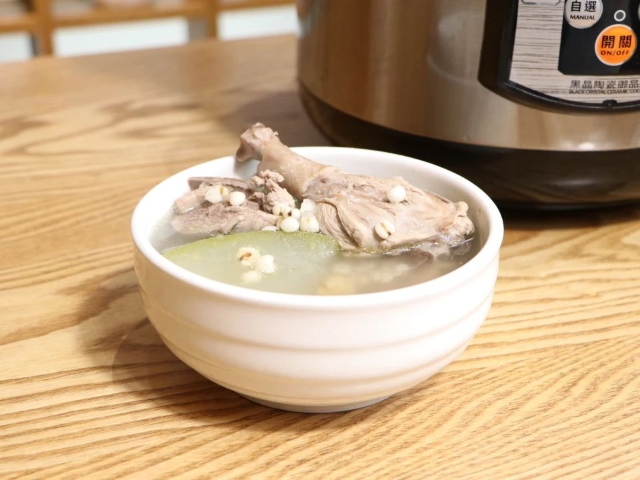
(Photo: Dongguan Fabu)
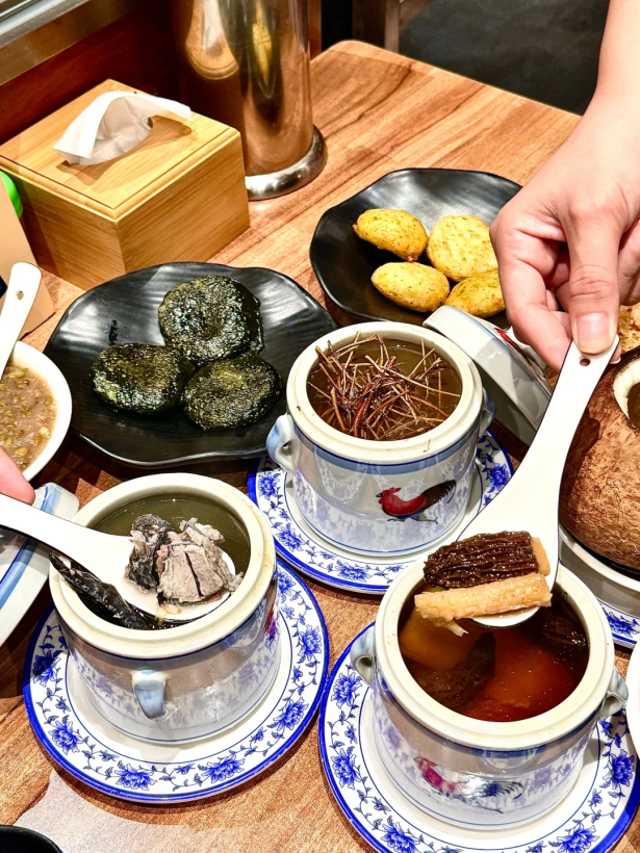
(Photo: Zhongshan Municipal Culture, Radio, Television, Tourism and Sports Bureau)
Tong sui
Tong sui, literally meaning "sugar water," refers to a wide range of Cantonese-style desserts typically made with a sweet soup base and ingredients like fruits, beans, rice, taro, or sweet potato. With regional variants in cities like Maoming and Qingyuan listed as intangible heritage, this dessert is deeply woven into daily life across Guangdong and especially beloved during the summer for its cooling, nourishing qualities.
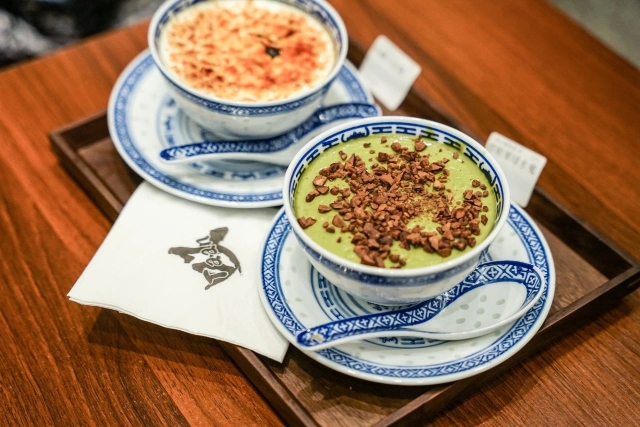
(Photo: Zhongshan Municipal Culture, Radio, Television, Tourism and Sports Bureau)
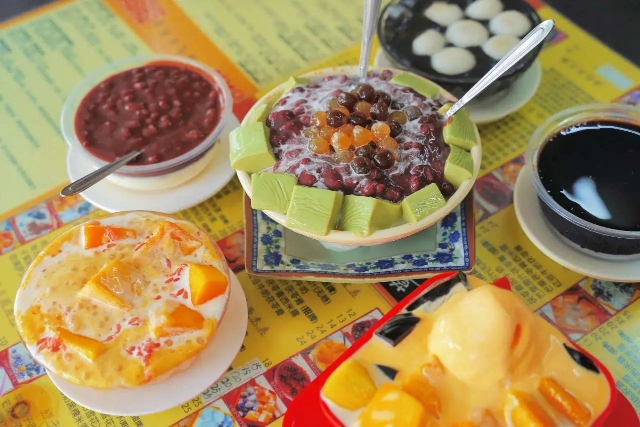
(Photo: Shenzhen Fabu)
Mung bean soup, often enhanced with tangerine peel or aromatic herbs, can clear heat and detoxify the body. Lotus seed with lily bulb tong sui has calming, lung-moistening properties, while water chestnut jelly offers both refreshment and texture. Meanwhile, modern favorites like sago with coconut milk and mango pomelo sago are also refreshing and irresistible.
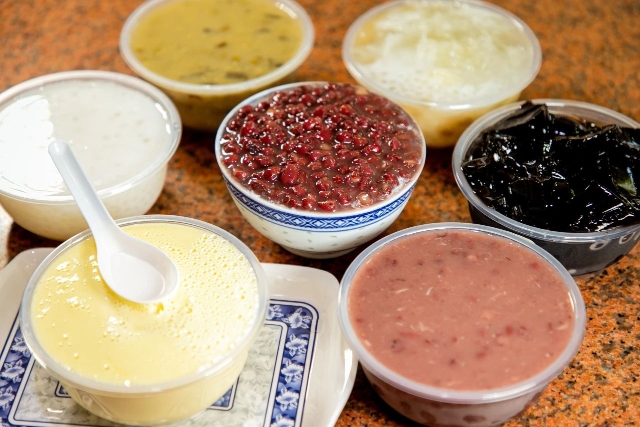
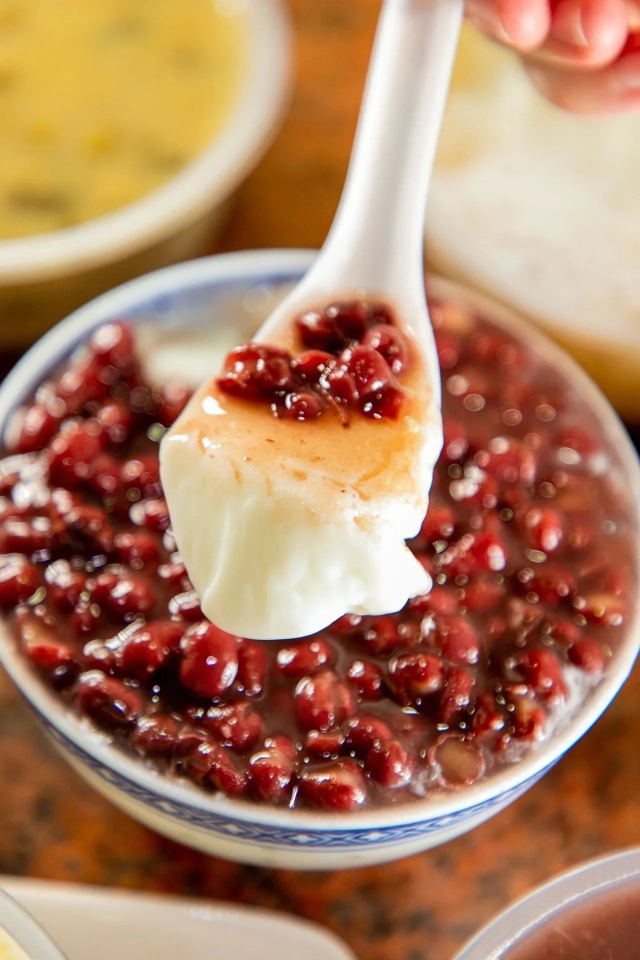
(Photo: Yuexiu Fabu)
Palm leaf fans
Long before the advent of air conditioning, people in Jiangmen's Xinhui District, the "hometown of Chinese fan palms", crafted palm leaf fans to beat the summer heat. Dating back to the Eastern Jin Dynasty (266–420), the technique involves over 20 meticulous steps, from harvesting to shaping and assembling the fan.
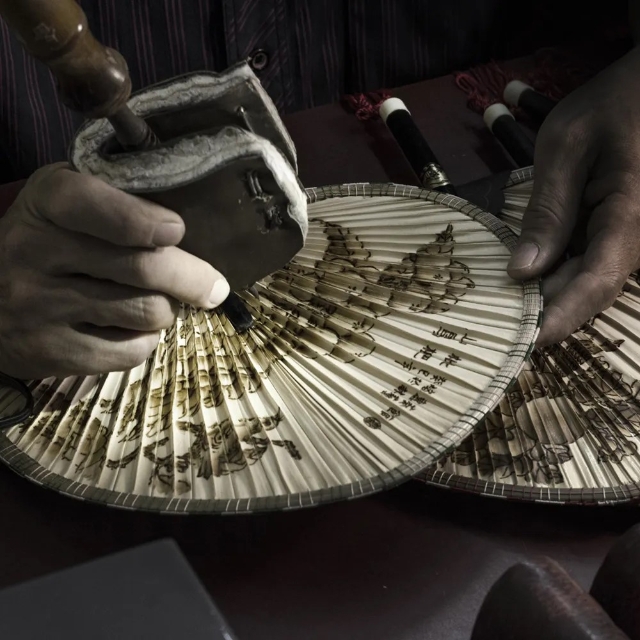
(Photo: Zhongshan Municipal Culture, Radio, Television, Tourism and Sports Bureau)
Today, Xinhui's palm leaf craftsmanship is listed as a national intangible cultural heritage. Each handmade fan is both functional and artistic, famously praised by scholar Guo Moruo as "a cooling world in your hand."
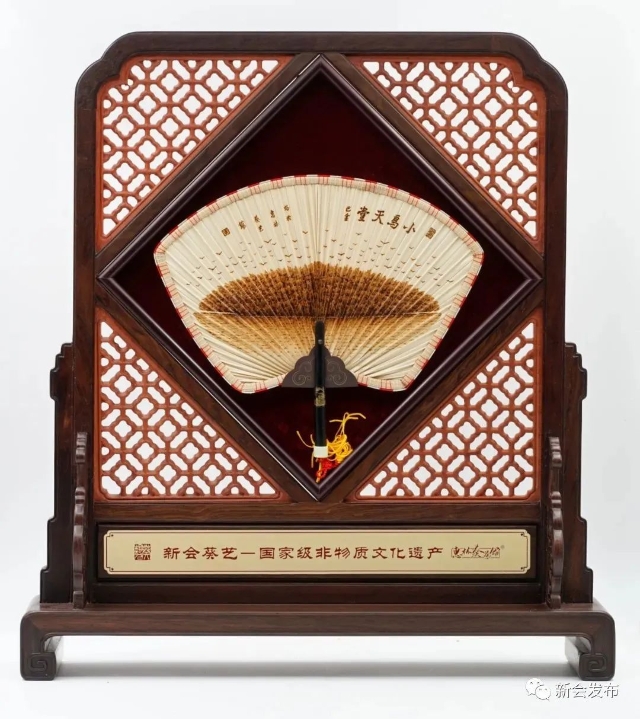
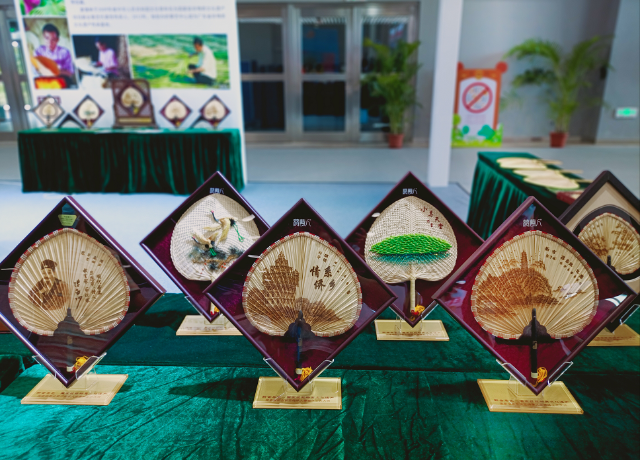
(Photo: Xinhui Fabu)
Bamboo weaving products
In cities like Zhanjiang, Meizhou, and Zhongshan, bamboo weaving techniques have been preserved as local intangible heritage. The bamboo weaving products still serve practical functions in Guangdong's hot climate. Bamboo mats remain favored for their breathable and sweat-absorbing qualities, bamboo hats protect against the sun, while woven baskets keep food fresh and ventilated.
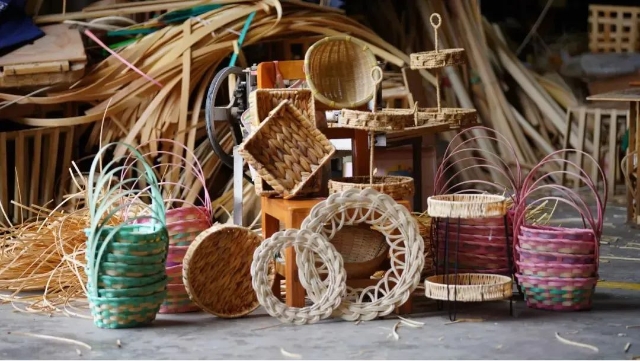
(Photo: Guangdong Fabu)

(Photo: Zhanjiang Fabu)
Author | Huang Xinying
Poster | Cai Junru
Editor | Wei Shen, James, Shen He
















